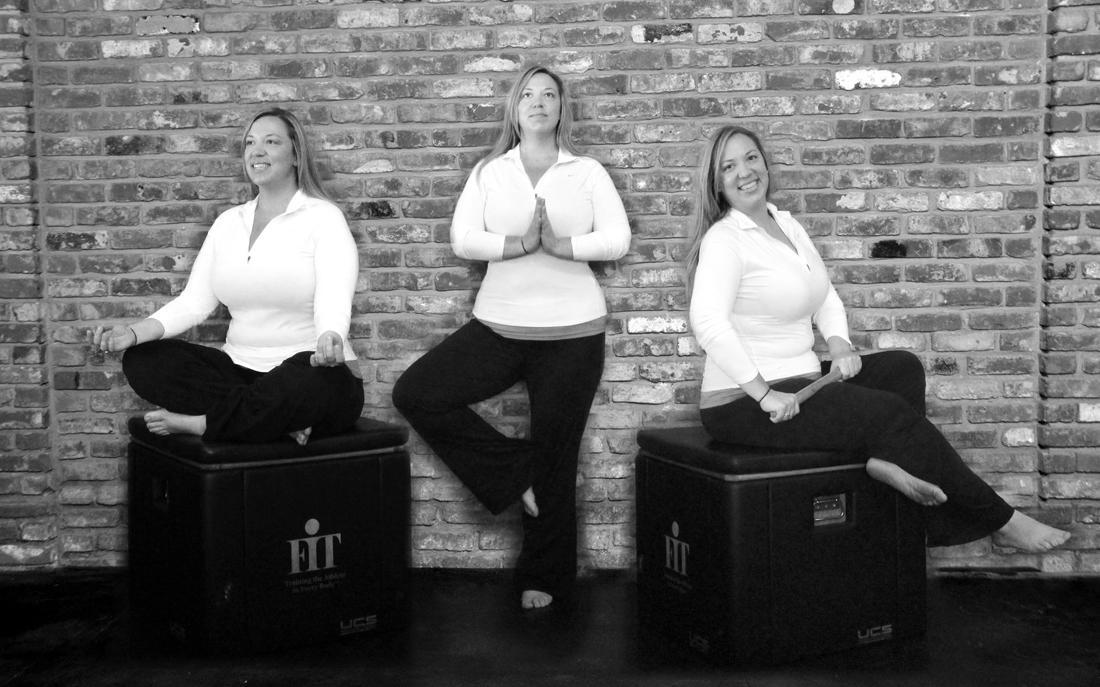| “Lifestyle gets easier as you abide by your habits. Every habit you have either moves you closer to or farther away from the person you say you want to be. Habits take away the struggle. Rules aren’t supposed to make you feel deprived, it’s to create freedom and take away the struggle…” -Josh Hollis and Dan John, Fat Loss Happens on Monday |
| Spring is approaching, and with it comes the opportunity to witness transformation and appreciate growth all around us. As we look within, this is a good time to reflect on the roots or foundational habits that we have established, reinforced, or efforted to change over the winter months in order to create a plan to nourish them to full bloom this spring. We have spoken about sleep hygiene in the past, as well as its effect on optimal health and attainment of fitness objectives. We know that a consistent bedtime is the number one most important thing we can do to affect the quality of sleep. The change of seasons entails a lengthening of days, which can throw a monkey wrench into the best laid plans and disrupt routines. |

There are many elements of lifestyle that can be difficult to control, however, the environment in which we sleep is one element within our autonomy. With daylight savings around the corner, let’s look at how we can best prepare our environment and adjust our sleep hygiene to minimize the seasonal disruption and continue to optimize sleep. Controlling environmental variables and creating consistent pre-bedtime routines (sleep hygiene) not only aids in recovery, but also performance in school, work, and the gym. Since we can expect to “lose” an hour with the time change, one way we can prepare ourselves is by adjusting our bedtime now – especially if you’re someone who usually has a hard time adjusting to the time change. This doesn’t have to mean getting to bed an hour earlier right off the bat. Rather, consider adjusting your bedtime by 15 minutes at a time every day for the few days prior to daylight savings.
The Sleep Foundation explains that “circadian rhythms drive many systems in the body that are synchronized with a master clock in the brain. This master clock is influenced by environmental cues, especially light, which is why circadian rhythms are tied to the cycle of day and night.” Disruptions in circadian rhythms, such as shift work, jet lag, artificial light from electronics, confuse the master clock and can lead to sleep insufficiency. When daylight savings ends in November, it’s common to go to bed a bit earlier due to the cold weather and darker evenings throughout the winter months. Conversely, at the beginning of daylight savings in March, the days are longer and warmer often leading us to stay up later and wake earlier. When identifying ways to improve our quality of sleep and how it relates to the time change, it makes sense to consider your body’s circadian rhythm and how to adjust for spring.

There are plenty of ways to adjust sleep hygiene to influence sleep quality and quantity. iIt’s worth experimenting with 1-2 different actions at a time to see what is most impactful to establishing consistent, quality sleep. For me, turning off all electronics at least an hour before bedtime has been one of the most impactful changes to my sleep routine, as well as changing into pajamas and washing up at the same time nightly. In doing this, my mind and body begins preparing for sleep even if I’m finishing up some tasks around the house (as opposed to getting ready for bed after I’ve finished with these tasks, which could be much later in the evening).
As with most things, however, effective routines can vary from one person to another. While I do well with a quiet, calm, dark, and slightly warm environment before bedtime, others may like soft noise and cooler temperatures. External cues are important in creating a sleep routine, and items like blackout curtains can help to create darkness which is an environmental clue to your biological clock that bedtime is approaching. A relaxing music, white noise, automated dimming of lights and cooling of temperature can also serve as indicators to body and mind that the time for sleep is upon us.
Finally, while having a consistent bedtime routine is most beneficial to improving sleep quality, waking up at a consistent time every day is helpful in regulating your sleep schedule and circadian rhythm. For example, if you have to wake up at 6:30 every morning, your body will likely start to get tired naturally by a certain time every evening. If you start to feel that afternoon slump, consider what your body is trying to tell you! It may be tempting to remedy that lethargic feeling with caffeine when in reality, it could be time to reassess your sleep hygiene, exercise patterns, and/or eating strategy.
– Coach Myra

This month we welcome JD Velilla to the FiT team as our in-house sleep consultation partner. JD has spent the last 6 years studying every aspect of sleep science and recovery. He is the resident sleep expert for the mattress industry’s most prominent brands where he helps them connect the dots between sleep science, product development, and the habit changes required to achieve transformative rest.
As a sleep coach for FiT, JD will ensure you are better equipped to make smarter sleep wellness choices by providing hands-on experience, great information, and expert feedback. From the mattress and linen you sleep on to the environment of your bedroom, JD will show you how to transform where you sleep into a personalized recovery room. All of this starts with a 40 minute 1:1 consultation where JD will learn about your specific sleep needs and begin identifying ways for you to improve your sleep quality. If you’re ready to wake up every day feeling focused, rested, and fully human, JD is here to help.
Spring Into Spring
While we have been speaking about sleep, this is not the only tenet of optimal health that can be influenced by the change of season. Below are some examples of other habits and behaviors you might consider adopting:
1. Stress Management:
- Spring cleaning! By having a clean and organized house and/or work space, you may feel more focused and at ease on a day-to-day basis. Plan your spring cleaning ahead of time so you’re not overwhelmed when schedules are busy, and start small if you need to – some people find it helpful to set a timer for ten minutes and clean as much of a small area as they can in that period. By doing the cleaning in short spurts, you avoid feeling overwhelmed and putting off the cleaning for later.
2. Exercise Prescription:
- Incorporate outdoor exercise. More sunshine means more incentive to get outside for exercise. If you aren’t already meeting your daily or weekly exercise recommendations, consider adding a five-minute walk outside or a leisurely hike on the weekends and working your way up from there.
3. Eating Strategy:
- Cook with seasonal foods. [seasonal fruits and veggies graphic] Seasonal fruits and veggies are the most nutrient dense, flavorful and provide an opportunity to change up your diet. Did you know that most people eat the same 15-20 foods every week? If you’re looking to make some changes to your eating strategy, experiment with adding new foods until you find some healthy staples. You don’t need to replace the whole fridge – even one or two new ingredients every week can make for a nice change.
Fuel: Eating with the Seasons
The World’s Healthiest Foods is a text we reference often at FiT. As cauliflower, green beans, and bell peppers are featured in this month’s recipe, we wanted to share some of what this informative book has to say about each.
Cauliflower and other cruciferous vegetables (such as broccoli, cabbage, and kale), contain compounds that may help prevent cancer. These compounds appear to stop enzymes from activating cancer-causing agents in the body, and they increase the activity of liver enzymes that disable and eliminate carcinogens. Cauliflower is also an excellent source of folic acid and B6, two nutrients necessary for properly metabolizing homocysteine and therefore preventing levels of this dangerous compound from rising in the bloodstream. It is also a concentrated source of many other nutrients providing additional health-promoting benefits.
Green beans are an excellent source of vitamin K, a nutrient important for maintaining strong bones. They also provide a cornucopia of heart-healthy nutrients. They are a good source of vitamin A, notably through their concentration of beta-carotene, and an excellent source of vitamin C. The magnesium and potassium found in green beans work together to help lower high blood pressure, while their folate is needed to convert homocysteine into other benign molecules. They are also a very good source of iron which is part of key enzyme systems for energy production and metabolism.
Bell peppers have a protective effect against cataracts and macular degeneration. Like cauliflower, they are also an excellent source of vitamin B6 and a very good source of folate. Bell peppers are one of the few foods that offer a concentrated source of lycopene that’s believed to play a role in the prevention of heart disease through its ability to inhibit free-radical damage to LDL cholesterol which if allowed to progress, can lead to atherosclerosis. Bone-building vitamin K, energy-producing vitamin B1 and B2, free radical scavenging manganese and copper, and sulfite-detoxifying molybdenum are also found in bell peppers in concentrated amounts.

We sincerely appreciate this community helping others and it’s a privilege to have such amazing members come together for a good cause.



















